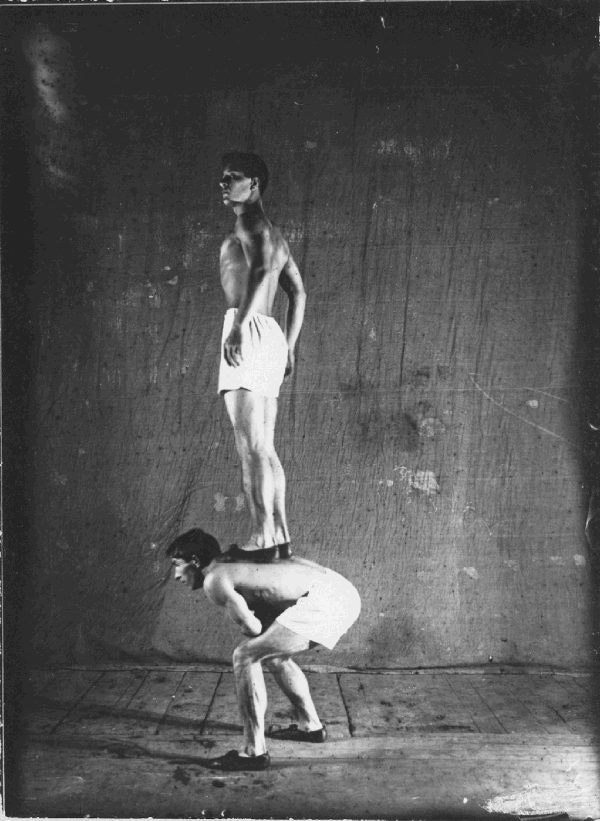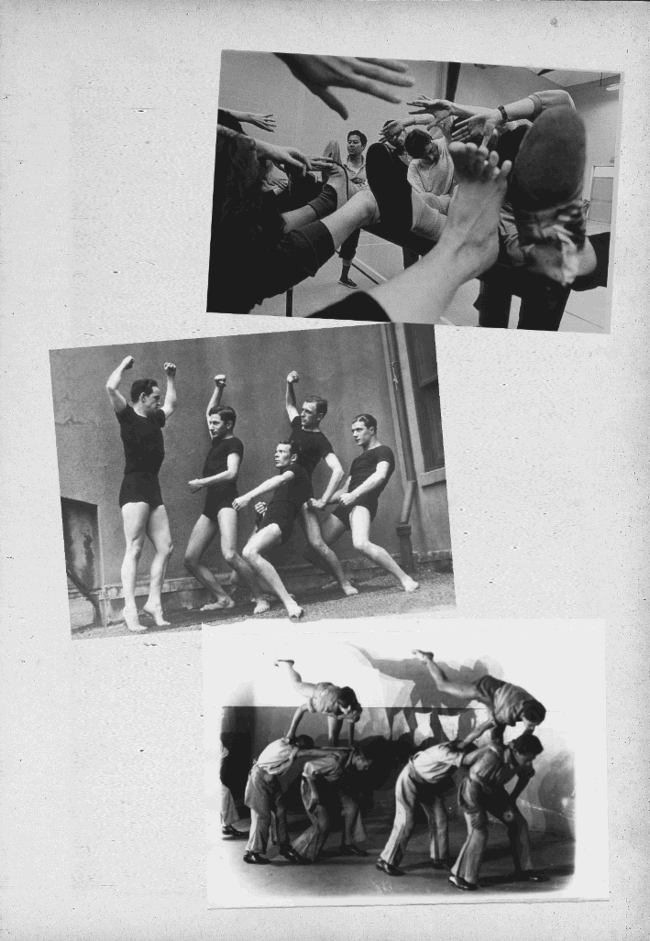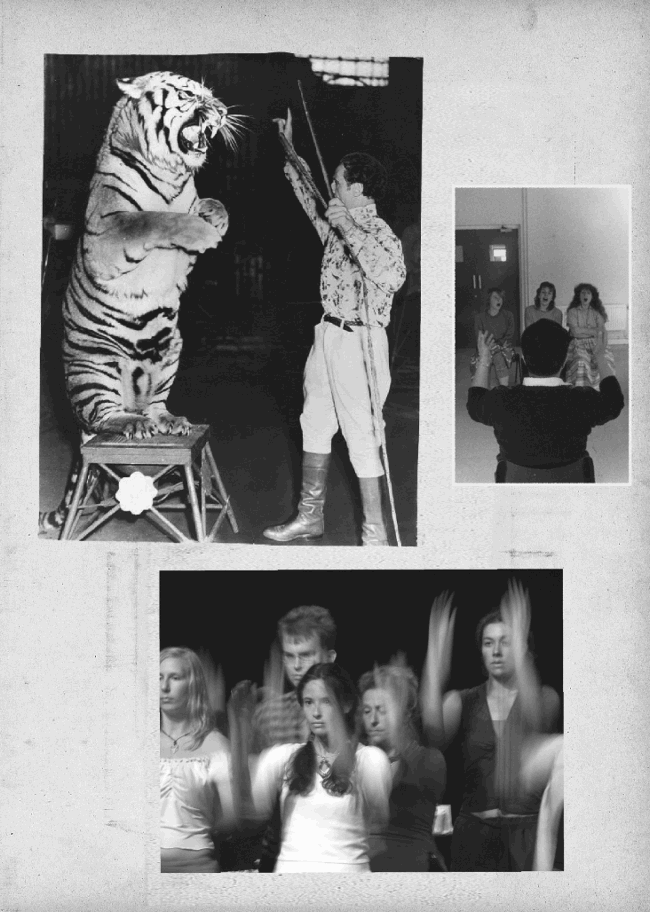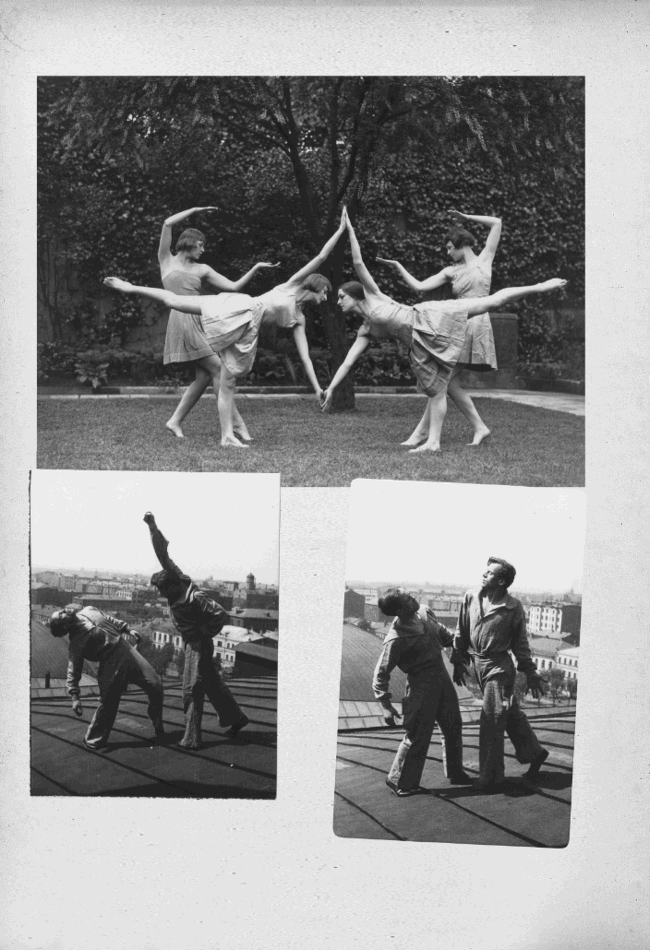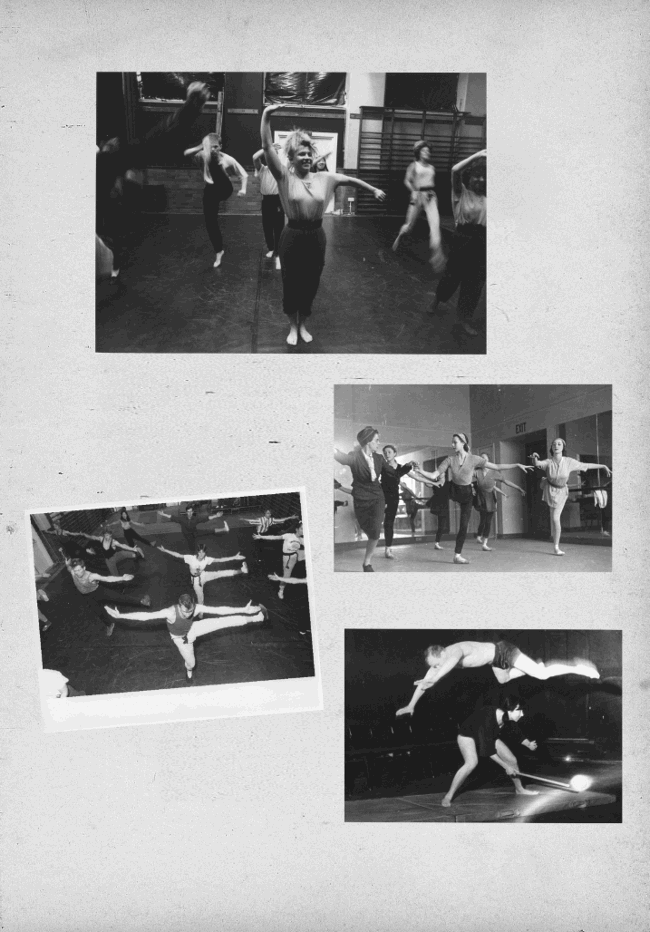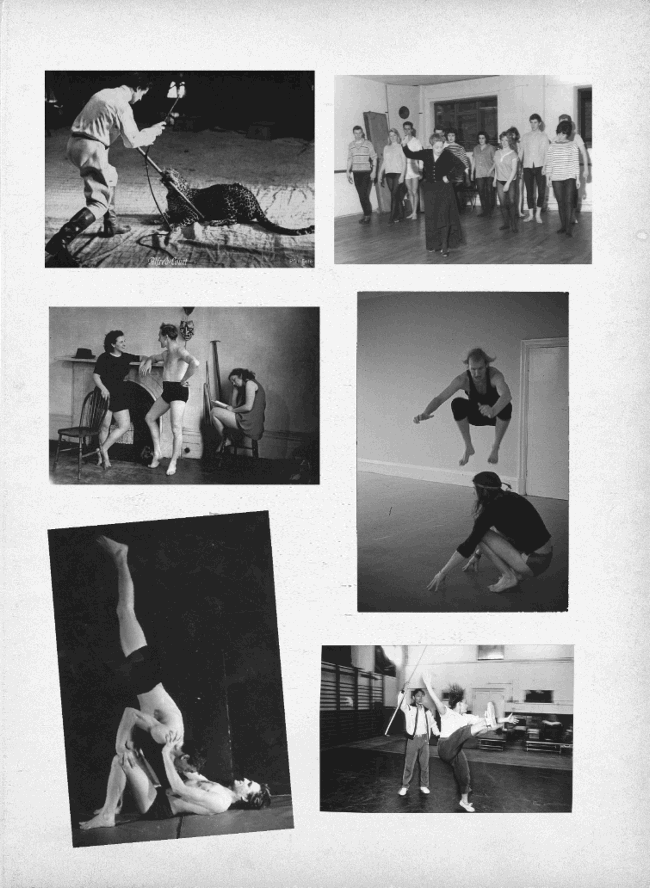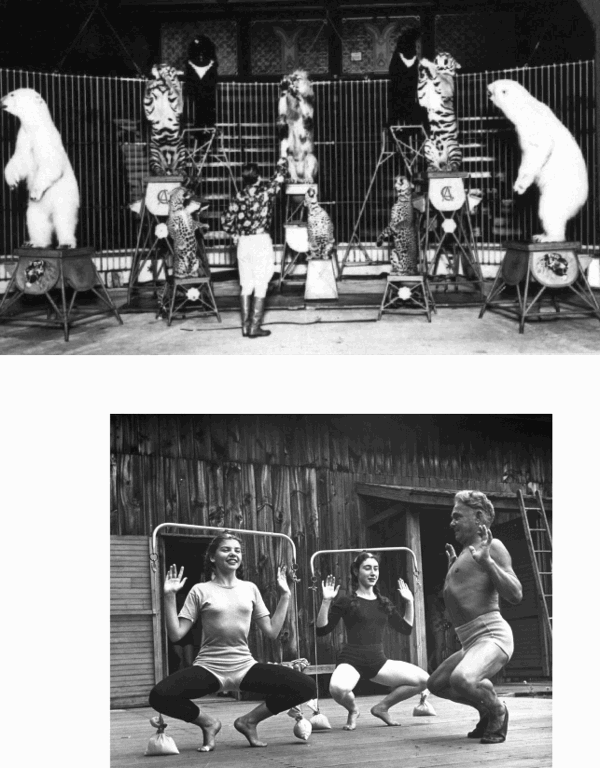The concept of training seems to have accumulated significance during the twentieth century and into the twenty-first. Once regarded, in general, as a natural, or automatic, first step towards a chosen career, training is now often seen as a potential solution to social and indeed personal problems. Unemployed young people are offered training programmes, those already employed are offered staff development, employers go on ‘leadership’ courses. Where training was the first step towards a chosen career, it knew where it was heading, the career was already established. Where training offers to solve problems or enhance individuals, it tends to invoke the possibility of something yet to be established – an end to youth alienation, personal enhancement, new ability in one's job, fulfilment. The promise offered by training is therefore not simply the transmission of skills and craft but also access to aspiration. And, in cultures where primary emphasis is placed on individuality, in promising to facilitate personal aspiration training also promises to make the world a better place.
Within this general trend there has been renewed interest in the specific area of training for theatrical and performance activities. Over the last three to four decades there have appeared numerous proposals for and descriptions of new and different training regimes. In their published forms these tend to combine descriptions of activities – both their rationale and practice – and arguments justifying the hypotheses and philosophy of the training. Not all such publications assume that they are addressing those who want to perform. In the domain of ‘applied’ theatre the emphasis can fall instead on the skills of facilitation, on enabling others to take part in a creative project, where those taking part may not have the aim of performing in front of anyone else. Once again training comes to acquire a wider remit that no longer thinks of the trained individual simply in terms of their career but now also in terms of their general development as a person.
Connected with the issue of where training fits into the lives of people and their employment, where it fits into society, there is the question of what we think training is. While descriptions of training regimes by those that design and practise them are often passionate and eloquent, they tend to generate, often necessarily, their own terminologies. This raises the difficulty that, if we are to understand the activity of training in general, we need to have a general framework within which we can do so. Here we get into problematic territory. For specific regimes of training could argue that they require their specific languages in order to engage with, and step away from, assumed concepts and their emotional and physical embodiments. At the same time it is perhaps only within a metalanguage that we can think about the relationships between these various trainings.
You will find that we have tried to foreground the matter of language in the range of essays in this volume. While the volume doesn'st propose a meta-language as such, we hope that, in the dialectical relationship of specificity and generalised parallels, the contrasts between the essays offer a foundation for beginning on the work of developing a meta-language for training.
Alongside the matter of language, which continues throughout, the volume hopes also to produce reflection on training by organizing itself into four sections. The first group of essays tends to address the general nature of training and its various institutionalizations. This clearly has bearing on the sorts of chronological developments which this Editorial began by describing. From here a second group of essays looks at a range of training regimes and practices. None, however, is a straightforward ‘practitioner’ description. All seek to tease out some of the general questions and issues that are prompted by specific practices and their terminologies. They don'st arrive at a generalized framework, but they do keep in play that tension between specificity and shared concerns.
Now so far it might be assumed that the languages and assumptions about training have to do with its practice and process, and indeed with the career or discipline for which it might claim to train. But, on the route towards a meta-language of training, it is worth asking what, if anything, is assumed in common about the thing which is being trained. In a culture which has proposed the multiple and divided subject, what, precisely, is the subject of training? To flag this issue, in the third group of essays the person of the author tends to become more prominent, as both the subject of the essay and the subject of training. These are essays which figure, in different ways, engagement with training. But there is a related, and much murkier, question that runs through the whole volume. The question is – what is the body that is trained? What do we assume this body to be? This in turn slides into a related question – what is the body of training? In a bid to formulate a framework, if not a meta-language, for thinking about training, it may be useful to start to describe, in any instance of training, the shape of its physical encounter across a group of bodies, to describe that material entity which consists of a set of bodies in organized and felt relation one to another: the body of training.
And of course for any such set of bodies there are the felt links to and differences from the bodies who are not ‘in’ the training, who are not similarly trained. Training is given, or finds for itself, an institutional place. Different trainings are differently institutionalized, but what they all have in common is a negotiation of the relationship between that thing which is called training and the wider, perhaps more amorphous, entity which is society. The final essays in the volume begin to move us into reflections on the relationships between different sorts of training and indeed the relationships between training and society. These too contribute part of the foundation for arriving at a meta-language of training, for one way of comparing trainings might be to ask what the material determinants on them are. Does it have special clothes, special equipment, a special place? What is provided by the trainers, and on what terms? What is bought by the trainees, and by what means? What is the precise relationship between training and the specific point in the trainee's life and career? How have that life and career adjusted to allow for the place of training? What, in short, is the cost of training?
This Editorial is much more full of questions than answers. The work of developing a general framework for reflecting on training, developing a meta-language, is, at the end, to be handed across to you, the reader. And there is, before we finish, one more bit of the foundation that has to be supplied. Going beyond the issue of the institution of training, there is the general question as to the social place of, and discourse around, the state of being ‘trained’. Some people carry their trainings with them as charisma accessories – the gym-trained body, the person known to do martial arts. For others their particular training tends, in its functional or ethical nature, to subsume the individual to social imperatives. The off-duty doctor is differently positioned from the off-duty actor. There are, perhaps, expectations, often half-realized, about trainedness. These work not as a narrow assumption that, on- or off-duty, a trained person has the capacity to do what needs doing but perhaps instead as a more generalized assumption that the trained person has ‘capacity’ in general, as a quality. To be trained thus potentially becomes a discourse about personal capability and completeness. And in turn these feature within a discourse of personal, and indeed social, attractiveness. So in refl ecting on the entity of training we might also like to meditate on its erotics. And with that thought we'll leave the reader to browse what follows.

